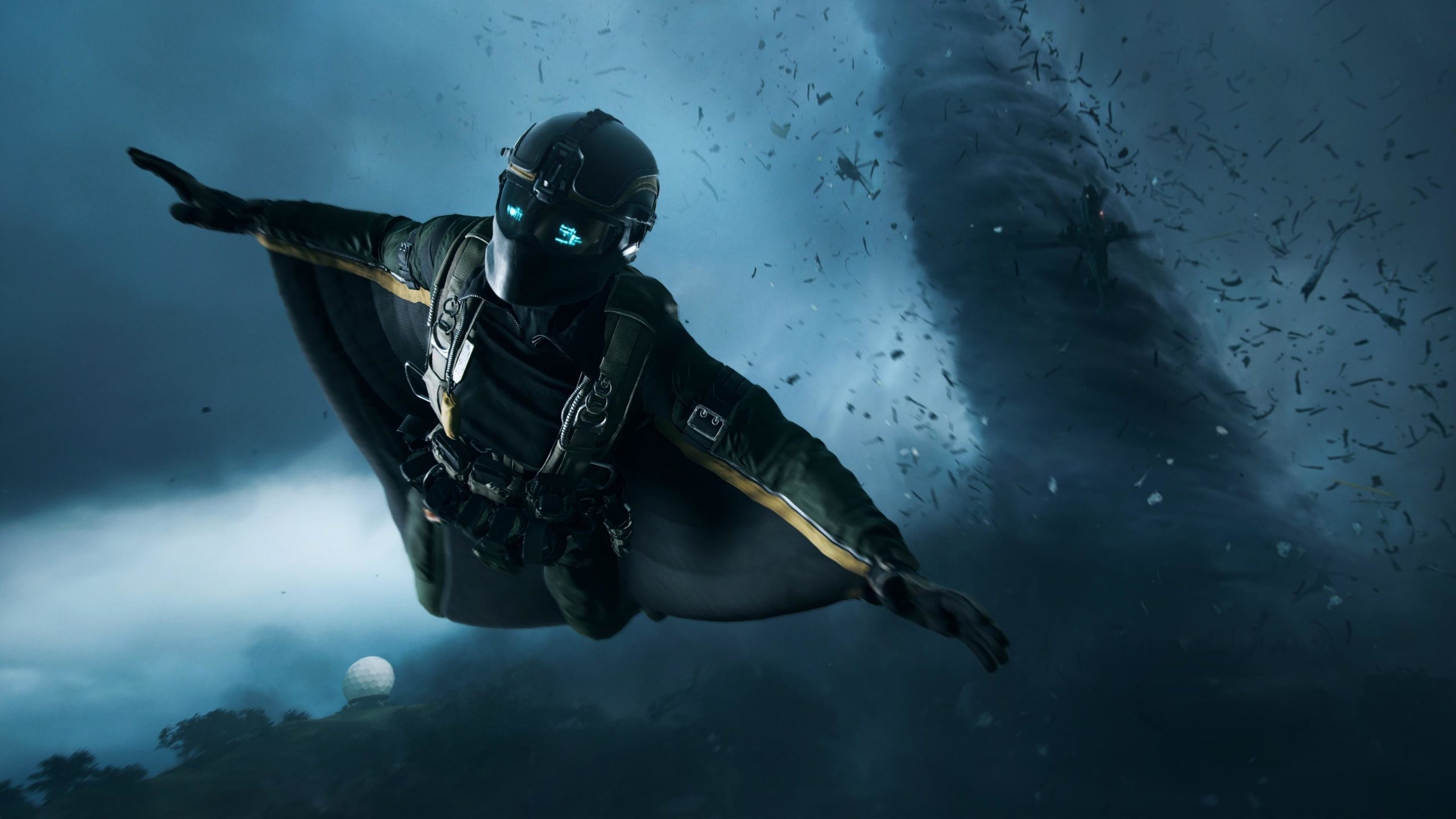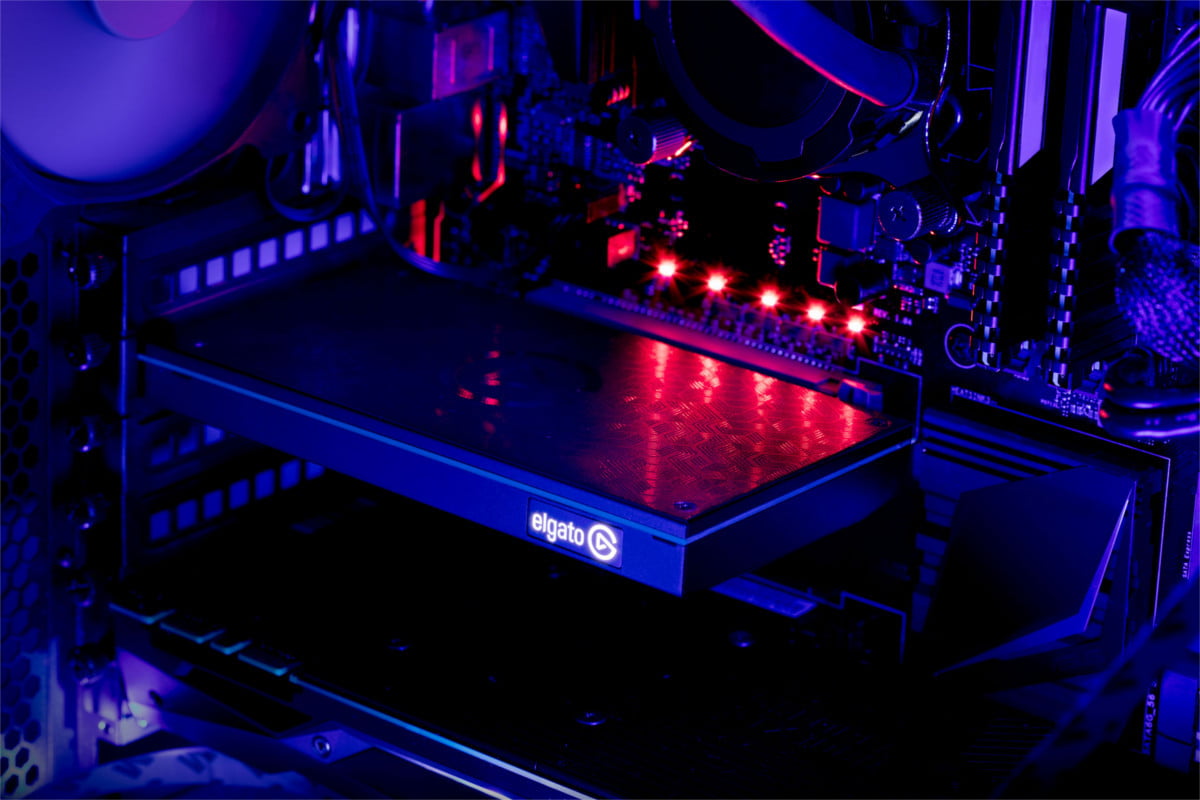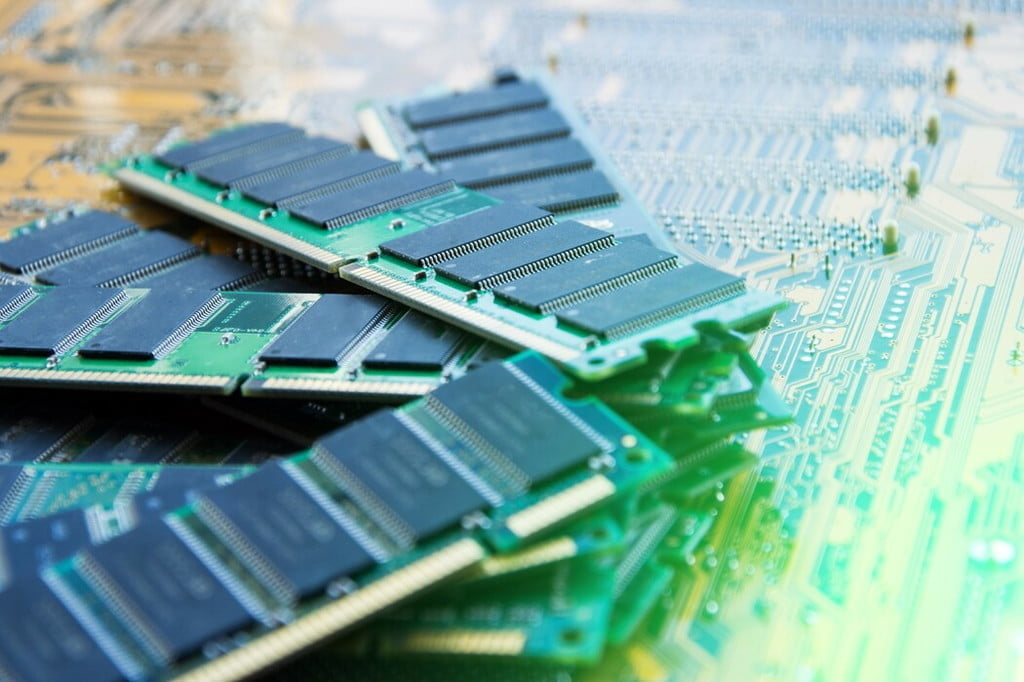Battlefield 2042 is one of a few massive AAA shooters releasing this holiday season. It ditches the campaign to focus solely on multiplayer, and it still features the same gigantic, bombastic battles that the Battlefield franchise is known for. To feel the heat of the battlefield as accurately as possible, we rounded up a list of the best Battlefield 2042 settings so you can optimize your gaming PC’s performance.
Like previous games in the franchise, Battlefield 2042 is a game built to stress the most recent PC hardware. Our testing revealed how demanding the game is, though it seems to stress older and low-end components more. As long you meet a certain threshold — particularly a recent six-core CPU and one of the best graphics cards — you should be able to reach 4K with a few settings tweaks.
The best settings for Battlefield 2042
Unlike recent AAA shooters, such as Call of Duty: Vanguard, Battlefield 2042 features a slim list of 13 graphics options — and only 12 if you ignore Nvidia Reflex. That means each setting will impact your performance more, but the limited list doesn’t have a lot of room for optimization beyond the basics.
We isolated each of the settings at 4K to see how they impact performance. Here are the best settings for Battlefield 2042:
The two settings that impacted performance most were lighting quality and undergrowth quality, both of which we turned down to Low. Lighting brought an 8% increase in our average frame rate, while undergrowth improved it by an additional 3%. Although not a massive increase, 11% between the two settings is nothing to sneeze at.
Otherwise, we only saw marginal gains with most of the graphical options. The only time we saw a big increase in performance is when we turned ambient occlusion off, though we compromised with SSAO to maintain as much visual quality as possible. We didn’t see a difference between SSAO, HBAO, and HBAO Full. That said, HBAO is normally more demanding, so we recommend sticking with SSAO if you’re having performance issues.
Outside of the normal list of settings, there are a few other options you’ll want to tweak. We kept Nvidia Reflex turned off because it dropped two frames over our baseline average frame rate. That’s within the margin of error, but we recommend leaving the setting off unless you’re particularly sensitive to latency.
Buried deep at the bottom of the settings list, you’ll find an option for high-fidelity objects. It’s not with the other graphical options for some reason. This setting determines the distance that the game renders detail — character animations, effects, etc. We didn’t measure a difference with it set to Ultra, though you may want to turn it down if have a quad-core CPU.
Lastly, we have ray traced ambient occlusion. This is the only form of ray tracing in Battlefield 2042, and it’s demanding. It halved our average frame rate, tanking the RTX 3070 from a playable 63 frames per second (fps) at 4K to only 31 fps. It’s an option, and it looks great, but you’ll need to combine the setting with Nvidia Deep Learning Super Sampling (DLSS).
Battlefield 2042 minimum and recommended system requirements
Battlefield 2042 is a demanding game, which shouldn’t come as a surprise. For years, the Battlefield franchise has cemented itself as a pillar of PC graphical power, and this release is no different. The minimum specs aren’t up to snuff based on our testing, either. Unless you’re willing to make some serious visual compromises, you’ll need a powerful rig to run Battlefield 2042.
Between the minimum and recommended system requirements, you’ll need either a six- or eight-core AMD CPU, or a quad-core Intel CPU. The more cores you can get, the better. Battlefield 2042 features a suite of simulations, including wind and destruction physics. If you have more cores, your processor can split that workload up.
For graphics, there’s a massive gap between the minimum and recommended requirements. From our testing, the recommended specs can hit 60 fps with High to Ultra settings at 1440p. The minimum specs, on the other hand, will likely only accommodate 1080p with Low settings. The RX 580, which is more powerful than what the developer recommends, couldn’t crack 60 fps with the sliders turned up at 1080p.
The requirements call for 100GB of storage, but our installation only took up 47GB. The developer is likely recommending more for future updates. At launch, you don’t need to worry about freeing up 100GB of hard drive space, though you may need to in the future.
Battlefield 2042 performance, tested
We tested Battlefield 2042 with three graphics cards targeting the three most common resolutions: The RTX 3070 for 4K, the RTX 2060 Super for 1440p, and the RX 580 for 1080p. We ran all of our tests on a bench with a Ryzen 9 5950X and 32GB of RAM to focus on GPU performance.
With the exception of the RX 580, we were able to hit 60 fps with the graphics cards at their respective resolutions. As we’ll dig into in the next section, Battlefield 2042 includes a dynamic resolution option, which can push a card like the RX 580 above 60 fps at 1080p.
Starting with the RTX 3070, 4K Ultra was no problem, but our optimized settings still brought a sizeable 27% increase in our average frame rate. The AMD RX 6700 XT can hit 60 fps with our recommended list, too, though a card like the RX 6600 XT will struggle to maintain a playable frame rate at 4K. Anything higher, like an RTX 3080, shouldn’t have any problems.
The RTX 2060 Super was a higher performer at 1440p, and it even got close to 60 fps at 4K with our recommended settings. The AMD RX 5700 XT should provide similar performance, but it might struggle at 4K. Although we recommend the RTX 2060 Super for 1440p, it can run at 4K with some settings tweaks and DLSS turned on.
Finally, the RX 580 couldn’t hit 60 fps at 1080p, but our optimized settings pushed it far above that mark. Battlefield 2042 doesn’t offer as much graphical bandwidth as Forza Horizon 5, but the settings still leave plenty of room for optimization. The RX 580 is a testament to that, bringing it from an unplayable 21 fps at 4K to 31 fps with some settings tweaks.
A lot of our performance came on the back of the Ryzen 9 5950X in our test bench, particularly at 1080p. As mentioned, the more cores you have access to, the better. Core speed isn’t as important, though it certainly helps. If you’re running at 1440p or higher, the CPU plays less of a role.
Dynamic resolution, DLSS, and ray tracing in Battlefield 2042
Battlefield 2042 includes a suite of Nvidia technologies: DLSS, ray tracing, and Reflex. As mentioned, turning on ray tracing will cut your frame rate in half, and Reflex offers no frame rate advantages. DLSS is a different matter. As it does in all supported games, DLSS helps improve performance in Battlefield 2042, but at a surprising cost to image quality.
Unlike Call of Duty Vanguard, which features almost no change in visual quality with DLSS turned on, Battlefield 2042 struggles. The most aggressive Ultra Performance mode is noticeable, even if it offers a big increase in frame rate.
Our results mirror the ones we found in our Back 4 Blood performance guide. With the Ultra Performance mode at 4K Ultra, DLSS offered a 71% increase in average frame rate with the RTX 2060 Super and a 49% increase with the RTX 3070.
DLSS still works well, though we’d recommend keeping it at either the Quality or Balanced performance mode. Battlefield 2042 also includes an Auto setting for DLSS, which will adjust the resolution to meet a target frame rate. We would have liked to see an option for AMD’s FidelityFX Super Resolution, but with an Nvidia graphics card and Nvidia Image Scaling, you can get the same effect.
The game’s built-in dynamic resolution option works, but it’s aggressive. Targeting 60 fps at 4K with Ultra settings, the game was able to push even the underpowered RTX 2060 Super to the target frame rate. The visual cost is too high, though. There doesn’t seem to be a limit to the dynamic resolution option, so it will scale down the game as much as it needs to in order to meet the target frame rate.
In the end, you’re just running the game at a lower resolution. We recommend using the dynamic resolution mode with a high refresh rate monitor and graphical options that fall just short of the refresh rate. Dynamic resolution is at its best when it can save you from some frame rate dips, not multiply your performance.
How to force DirectX 12 in Battlefield 2042
During our testing, we ran into a couple of problems with Battlefield 2042. Suddenly, our frame rate would tank into single digits, and we wouldn’t be able to turn on DLSS. It turns out this is an issue with DirectX 12 being turned off. Throughout testing, the game would inexplicably turn off DirectX 12, but you can manually turn it back on.
If you’ve ever edited a settings file on PC, you know what to do. Open File Explorer and follow Documents > Battlefield 2042 > Settings. Find the PROFSAVE_profile file and right-click on it. Select Open With > Notepad.
You can change every setting manually here. For DirectX 12, find GstRender.Dx12Enabled and change the value from 0 to 1. You can do this with other graphics options, too, which we had to do during testing. At one point, dynamic resolution was turned on in the settings, but it wasn’t working. This locked us out of using DLSS because you can only have one upscaling mode enabled. We disabled the dynamic resolution in this file by setting GstRender.DRSEnabled to 0, and everything went back to normal.
You can also improve your performance by tweaking some settings in the file. You may notice that Battlefield 2042 doesn’t have a graphical option for shadows in the game, but the setting is available in this file. By setting GstRender.ShadowQuality to 0, you can improve your frame rate a lot (though at the cost of image quality).


